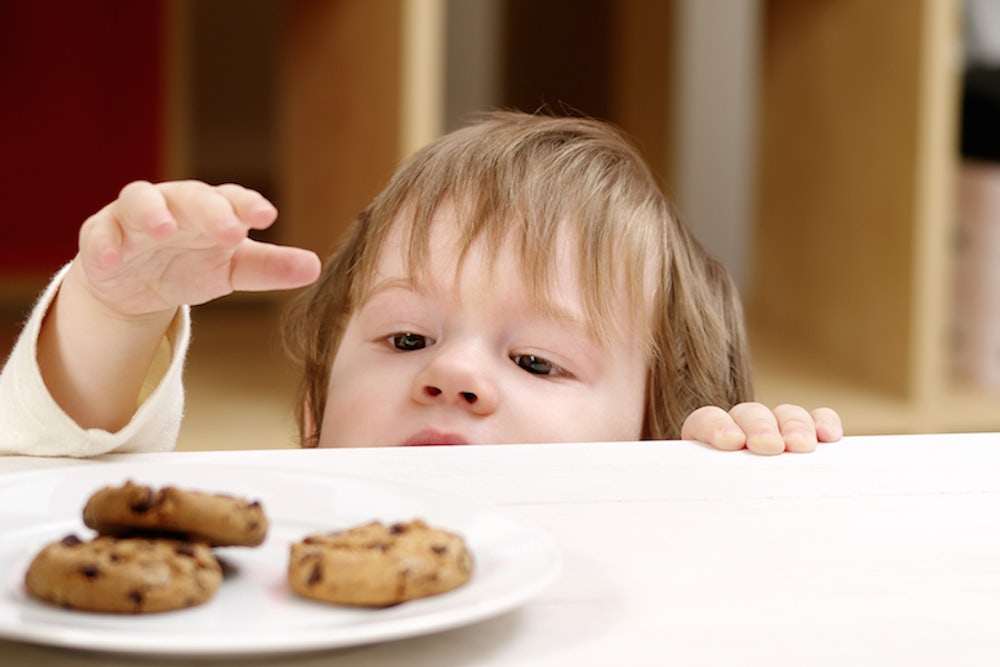We expect adults to lie to and deceive children for all kinds of reasons, many of them well-intentioned: to protect a child’s feelings, for example, or to prolong a pleasant belief or fairytale. But most parents also want to cultivate honesty in their children—and new research suggests that lying to them isn’t the best way to do it.
Chelsea Hays and Leslie Carver, psychologists at the University of California-San Diego, designed an experiment to look at whether kids who were lied to by adults would be more inclined to twist the truth themselves. Hays and Carver recruited 186 children and randomly assigned them to one of two conditions: “lie” or “no-lie.” In the “lie” condition, an experimenter told the child that there was a big bowl of candy waiting in the next room; once the child arrived, the experimenter would admit that there was no candy, and explain that she really just wanted the child to come play a game. In the “no-lie” condition, the experimenter told the child that there was a fun game in the next room, but made no mention of candy. Hays and Carver also divided the children into two age groups: pre-school age (three to five) and school-age (five to seven).
Hays and Carver set up a situation in the lab in which children would be tempted to lie. They had them play a game in which they had to try and identify an unseen stuffed animal based on an auditory clues: For an Elmo toy, for instance, children would heard the Muppet’s catchphrase, “Tickle me”; the prompt for “Cookie Monster” was “I love cookies.” After two simple rounds of this, the child was given an unhelpful auditory clue: Beethoven’s “Fur Elise.” The experimenter then acted as if she’d been interrupted by a phone call and went out of the room, leaving the child alone with the toy. Before she left, she told the child not to peek at the toy. (Hidden cameras revealed that nearly all of them did.) When she returned, she asked the child if he would promise to tell the truth. (Just two children refused to make that promise; their data was thrown out.) Then the experimenter asked if the child had peeked at the toy.
Older children were more likely than younger kids to lie, and the older kids who’d been falsely promised a bowl of candy at the start were most likely of all to be dishonest. About 88 percent of the school-aged kids in the “lie” condition failed to fess up, compared with 65 percent of those who hadn’t been lied to. For the younger group, being lied to didn’t have much of an effect: About 50 percent lied either way.
“There are several possible reasons why our manipulation may have caused the children to engage in more dishonest behavior,” write the authors. “First, it is possible that the children were imitating the lie-telling behavior that they observed. … Perhaps these children made assumptions about the importance of honesty to the model. … Another possibility is that rather than imitating, the children were extracting information about the adult who lied to them. … Perhaps the children did not feel the need to uphold their commitment to tell the truth to someone whom they perceived as a liar.”
This game is a classic among researchers who study children’s lying. Other studies using this paradigm have shown how kids’ lying habits change over time, as their cognitive abilities develop: About one-quarter of two-year-olds will lie in this situation, half of three-year-olds, and 90 percent of four-year-olds. The proportion of liars continues to grow until about age 15, before beginning to drop off; by age 17, it’s back down to about 70 percent. Lying may be just a developmental stage that most kids outgrow—but it looks like being honest with them in the first place could help stave it off.
